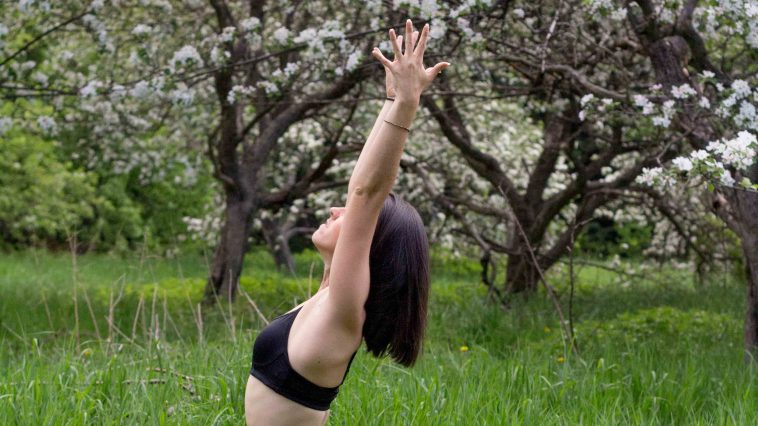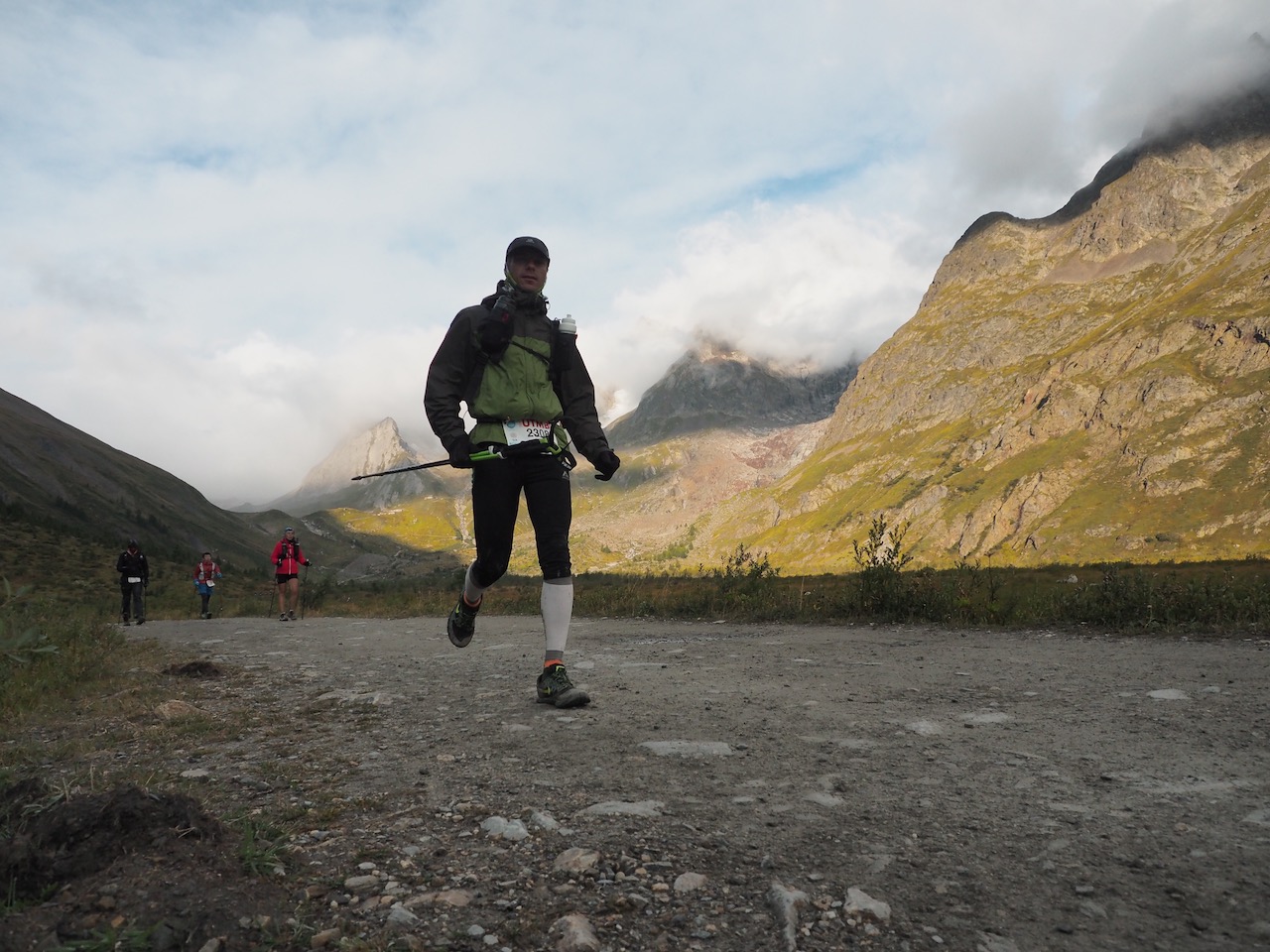Despite its rapid growth in recent years, yoga may still feel like it is meant either for people with amazing flexibility or a more esoteric side than the average person or runner.
Take note: the practice of yoga could be the cross-training tool that might allow you to strengthen your running skills, and also allow you to grow into a more complete athlete by gaining awareness of your weaknesses and by focusing on them.
The « westernization » of yoga led to the development of several styles of practice that are better suited to modern lifestyles and expectations. For runners, the focus should generally be on the more athletic styles, which allow the cultivation of better mobility and improve stability.
The focus of these styles optimize biomechanics, reduce stress, improve muscle oxygenation and play a role in preventing and reducing the incidence of running related injuries.

A great way to fight stress
The necessity for balance should be your constant focus when planning your workouts. As you prepare for your event or season goals, the level of stress you place on your body increases. The cells of your body can’t always tell the difference between the different types of stress.
If you add the normal ingredients of daily stress to the stress of training, then imagine all of the stressors your body requires alleviation from: morning traffic, the children’s swimming lesson on weekends, a critical Thursday morning meeting to prepare for, all the while adjusting to or from a 90 kilometer week of running…you need to balance this with an activity that reduces stress and its impact on your body.
The ability to modulate your response to stress is directly regulated through the practice of yoga!
Oxygenation
Another critical consideration for an endurance athlete is muscular oxygenation. Unlike short-term efforts that are anaerobic, a long trail run or ultramarathon is largely an aerobic effort. The feeling of heavy legs or muscle cramps can therefore be due to a lack of oxygen in the muscles, along with the accumulation of lactate acid, which cause the aforementioned discomfort.
Accordingly, breathing is a crucial component of training. Breathing exercises and relevant poses practiced specifically in yoga will allow you to optimize your capacity to store oxygen in your lungs and to distribute it more efficiently and limit this debilitating phenomenon.
The mental aspect
When you set off into the mountains for a race that goes beyond what the majority of people consider to be a sensible distance, you become fully aware of the role that your mental strength plays.
When a running companion tells you that « my legs were no longer there after 15 km » and he had finished first in a 100 km race (true story), you recognize the ability of an ultramarathoner to remain optimistic.
Certain meditation and visualization exercises and the repetition of mantras (short sentences of positive intent) are an integral part of yoga and are used effectively by many professional and elite athletes. You can apply these techniques directly into your own training and trail events.
Simply put, every runner will benefit from the different advantages of the introduction of yoga into their routine as cross training. First, your intent will lead to your first experiences. Next, the impact on your body, training and capabilities will no doubt be impactful and positive.
Are you looking to improve your performance, yet believe you already have the winning formula? Isn’t it a little unacceptable to « continue doing the same thing over and over and expect different results? »
Translation : Caroline Beaton
Éloïse Rochefort is a yoga teacher and marathon runner. She seeks to inspire athletes as much to improve their performance through yoga as amateurs to discover the many benefits of this millennial discipline. You can follow her on her social networks via Facebook as well as on Instagram.
Must Read :
- Confined at home, yoga and meditation allow you to stay active and calm
- Choosing the right type of yoga according to your running goals


